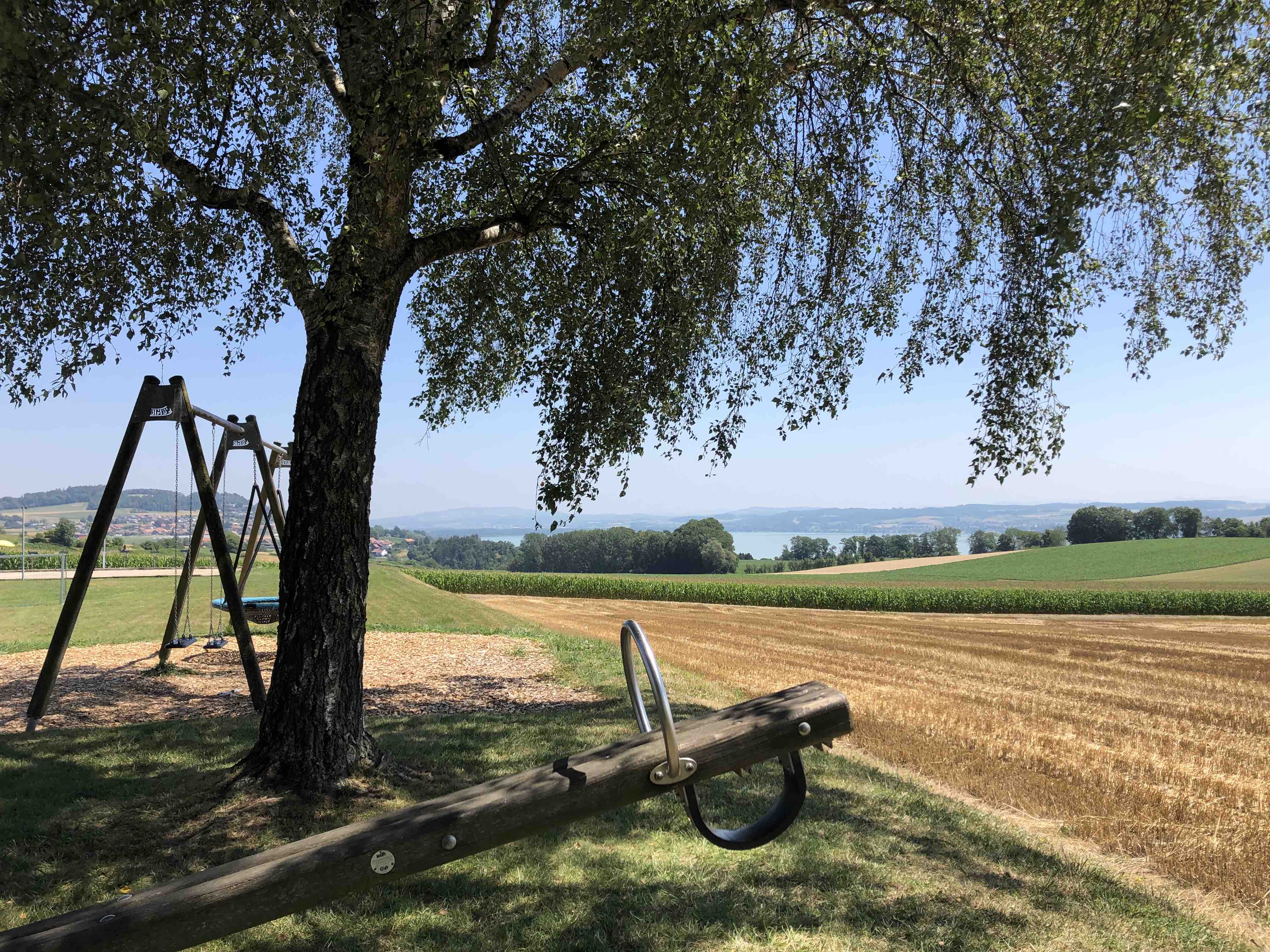Summary
The specific contamination of non-target areas with pesticide mixtures varies considerably between geographical areas and over time.
For Switzerland, the extent of pesticide contamination of non-target areas visited by the sensitive population is still unknown.
Today's national and international pesticide risk assessments focus only on the specific active ingredient and do not consider product
formulations and mixtures of pesticides. As a result, regulatory measures are lagging behind in protecting society.
International bodies such as the World Health Organization (WHO) are increasingly recognizing the need to develop new
approach methodologies (NAMs) to improve the identification and assessment of chemicals, especially those with endocrine disrupting properties.
The potential toxic effects of chemicals depend not only on their concentration, but also on their mixture and the lifetime exposure window.
Therefore, it is important to assess the potential exposure to pesticide mixtures to ensure human and environmental health,
to develop specific mitigation measures, and to redefine the regulatory process for pesticide registration and use.
In this project, I aim to assess the potential pesticide contamination of non-target areas in Switzerland visited by the sensitive popultation,
including four different agricultural regions of Switzerland:
- Valais (VS)
- Three Lakes Region (TLR)
- Zürcher Weinland/Zürcher Vinland (ZV)
- Grisons (GR).
The results will be used to identify and rank novel and unknown PPP exposure mixtures, including environmental risk assessments for terrestrial ecosystems,
including species such as honeybees and earthworms. In addition, the risk of contamination will be assessed in relation to various environmental factors such as
geomorphological, meteorological and climatic conditions.
Aims of the Project
Globally, this comprehensive project aims to develop an integrative and open-source methodology to improve the identification and
assessment of potential PPP contamination of non-target areas in different agricultural regions,
thereby improving public and environmental health and supporting a shift in
EU chemical regulations towards a toxic-free environment.
Methods
Within the four Swiss study areas, grass samples are collected from playgrounds and public recreation areas frequented by the vulnerable population. The samples are then analyzed for more than 300 pesticide residues and metabolites.
More about the project:
Status of the Project and Project Plan
Summer 2022: First survey,sample collection and sample analysis
Summer 2023: Second survey, sample collectiom and sample analysis
Summer 2024: Third survey, sample collectiom and sample analysis
2024-2026: Data analysis and publication
Cooperations and Study Team
Project ongoing in cooperation with the Department of Biology, Laboratory of Soil Biodiversity, University of Neuchâtel

